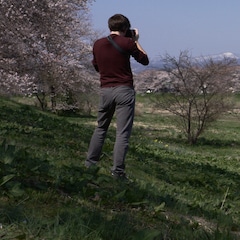Finding Fortune on Kinkasan Island
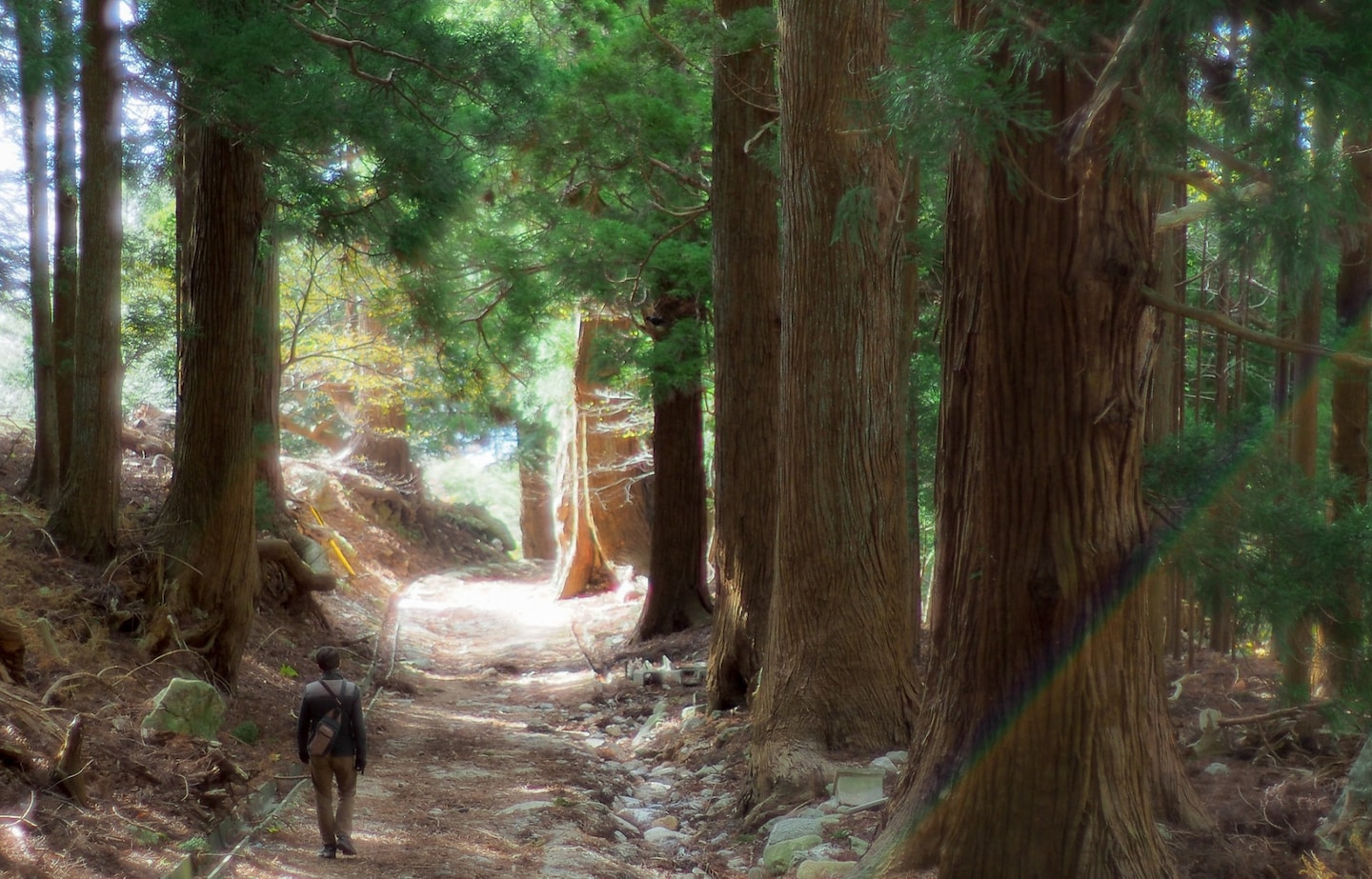
Many areas in Tohoku were devastated after the Great East Earthquake in 2011, including Miyagi. But thanks to the hard work and enduring spirit of the people of Tohoku, affected areas have been given a new start. I got a glimpse of one such area on a visit to Kinkasan, a small, spiritual island off the coast dedicated to good fortune.
By Nicholas RichA Ferry From Onagawa
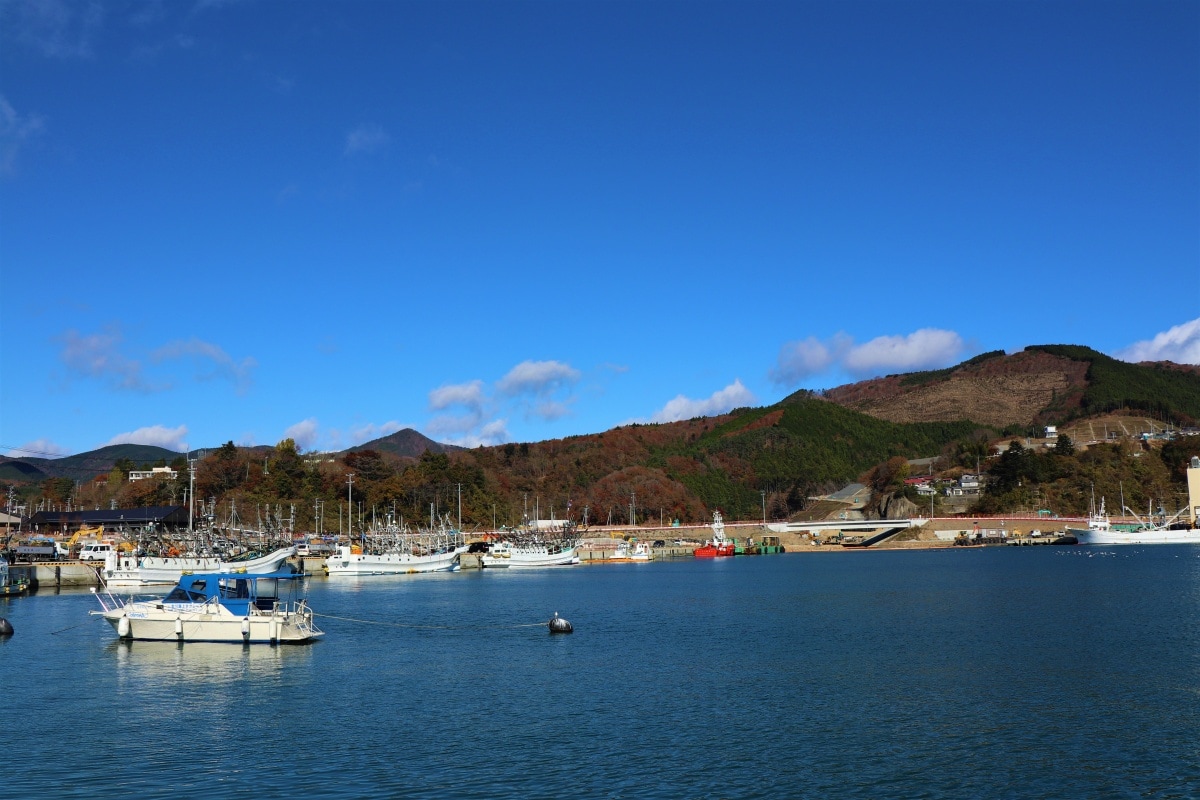
Getting to Kinkasan is an adventure all its own, in part because the ferry that departs from the nearby town of Onagawa only makes one trip to and from the island per week! The ferry departs from a dock only a ten-minute walk or so from Onagawa Station, and a round-trip ticket is ¥3,100 (about $28). It’s worth calling ahead to make a ticket reservation by phone (or arriving early) since seats on the ferry are limited and in high demand during peak seasons like autumn when the leaves on the island change color. Another reason to arrive early (or stick around after the return trip) is to enjoy the charms of Onagawa.
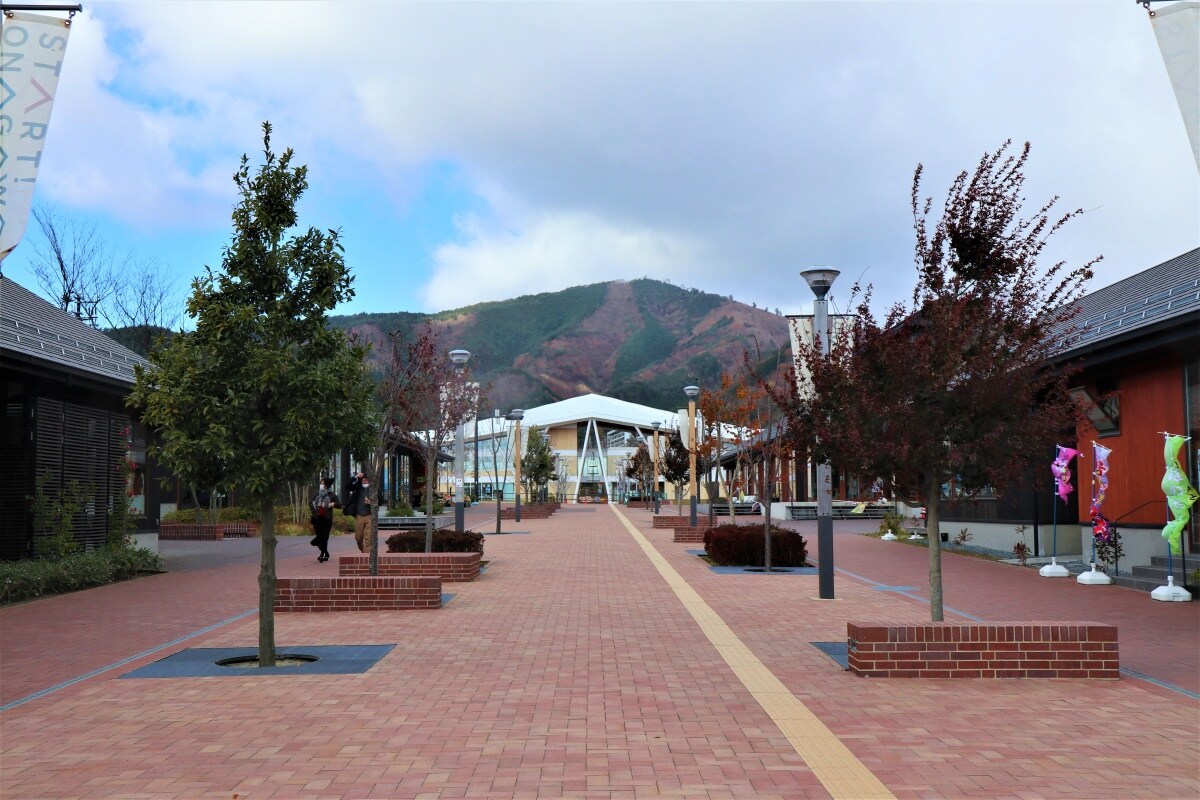
A small town, Onagawa was also severely damaged during the earthquake and subsequent tsunami, which left about 89% of the buildings destroyed (66% are destroyed completely) and claimed the lives of 574 of the town’s residents. But the community came together in the aftermath of the disaster and rebuilt with incredible speed. The station has a lovely modern design and includes a community center and public baths.
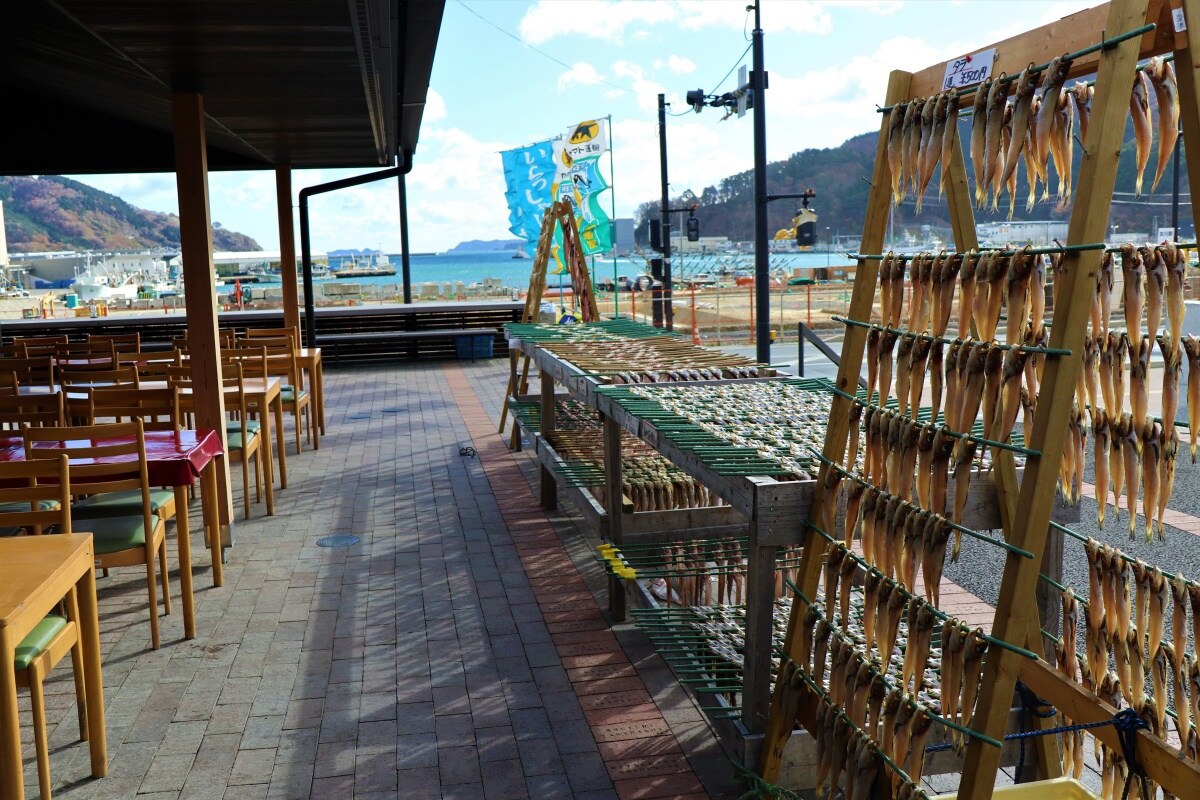
Across the street is a bustling shopping center, the Seapal Pier Onagawa, which includes many restaurants that take full advantage of Onagawa’s fresh, local seafood, a variety of shops ranging from handmade soaps to sporting goods, and my personal favorite, Konno Konpou.
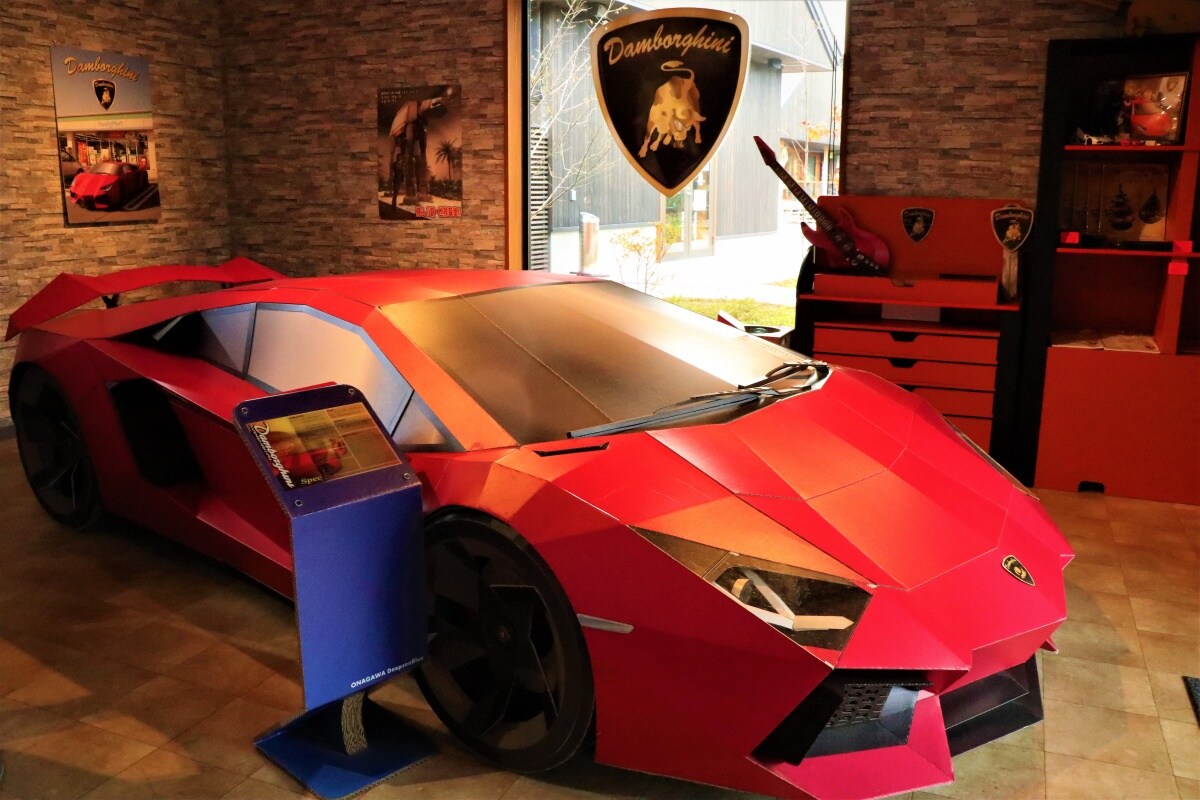
The story of Konno Konpou Factory is representative of the spirit of Tohoku. Hideki Konno, the third CEO of Konno Konpou, a cardboard and packaging manufacturer based in the nearby town of Ishinomaki, was in Tokyo on a business trip when the earthquake hit. When he returned and saw the destruction, he made it his personal mission to create a symbol of hope for his hometown, one that proved how important it was to hang on to dreams. As a kid, he personally dreamed of owning a Lamborghini. Thus, the Damborghini took shape.

Created entirely from cardboard, or danboru (段ボール), the Damborghini is the embodiment of the strong spirit and wry sense of humor so prevalent amongst the people of Tohoku. On display with other goods in the factory (such as laser-cut insects, Gundam helmets, and more), visitors have to make time to stop by and see it for themselves.
On Kinkasan
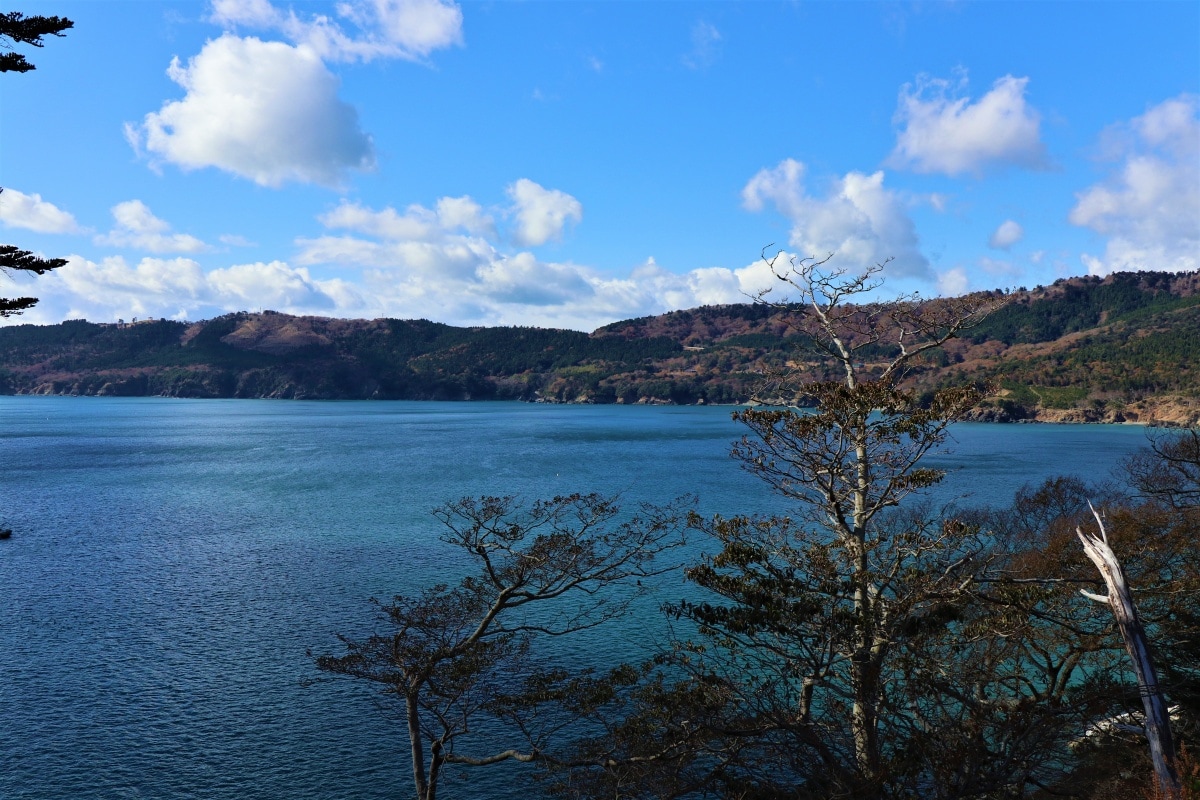
The ferry itself takes a little over a half hour. The warmth inside the boat and the rhythm as it blasts through the wake makes it the perfect environment for a cat nap, so it felt like we arrived in no time.

The view of the ocean from the pier is lovely and there’s a massive tori gate to welcome visitors.
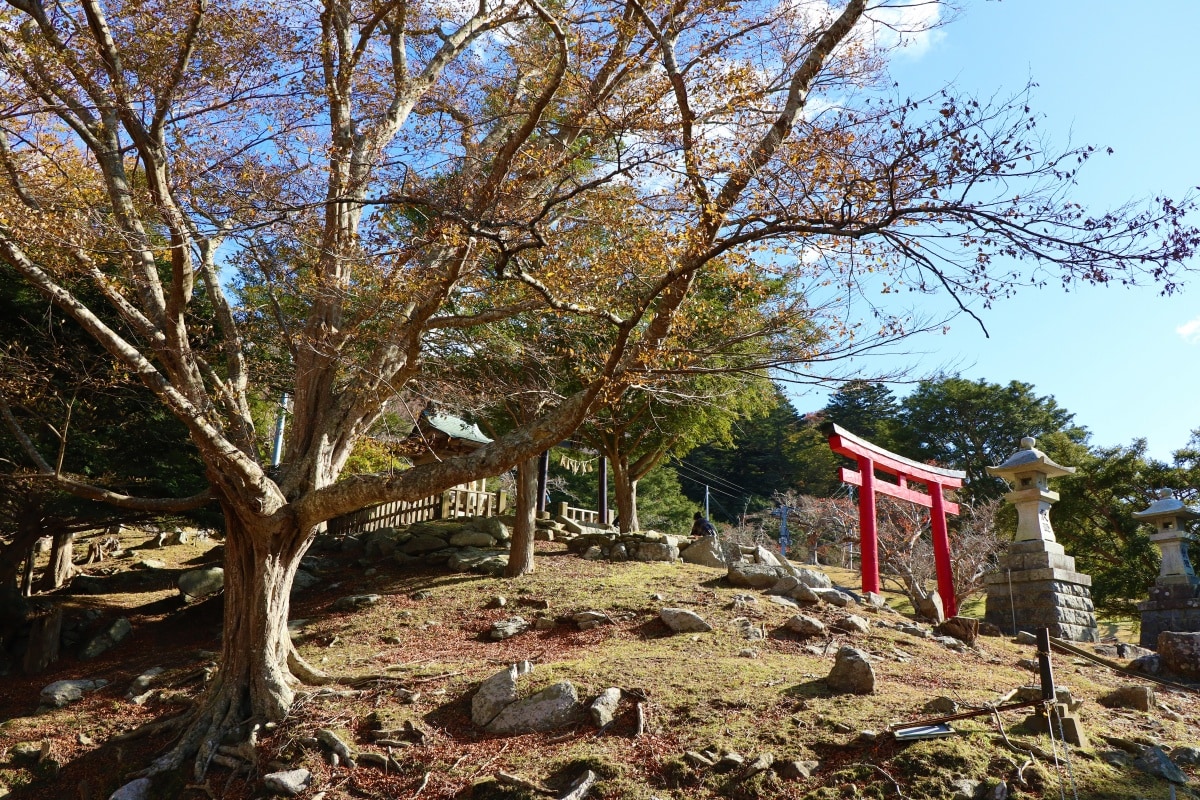
There's a shuttle van that runs frequently from the pier to the Koganeyama Shrine for those who want to make the most of their time on the island, but I recommend making the walk up. The ocean air is refreshing, the forest is dense and vibrant and you’re sure to glimpse the island's many wild deer!
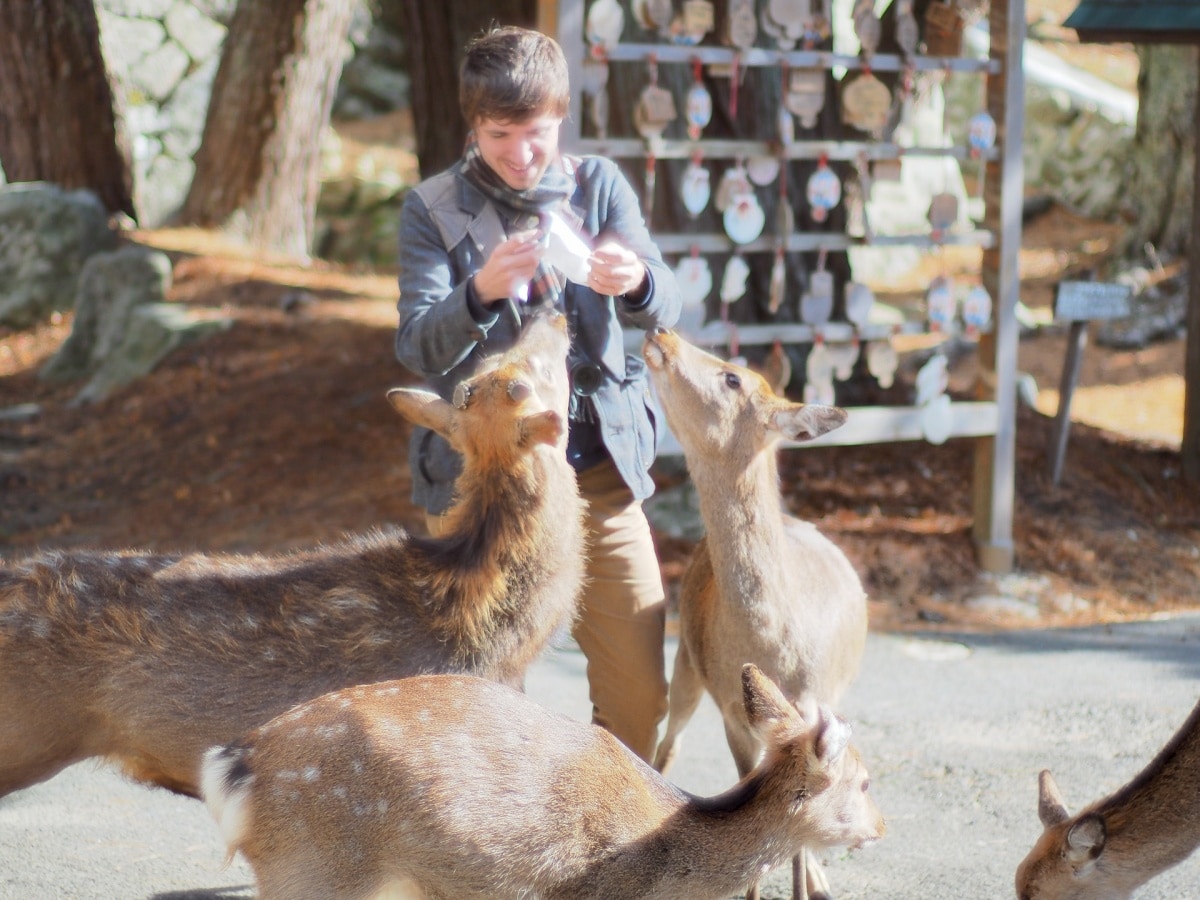
Like Nara, the deer are welcome on the complex grounds, and there's even a place to buy food to give them. They get quite excited, so be sure you to feed them in a timely fashion—after all, no one wants a headbutt from a hungry deer!
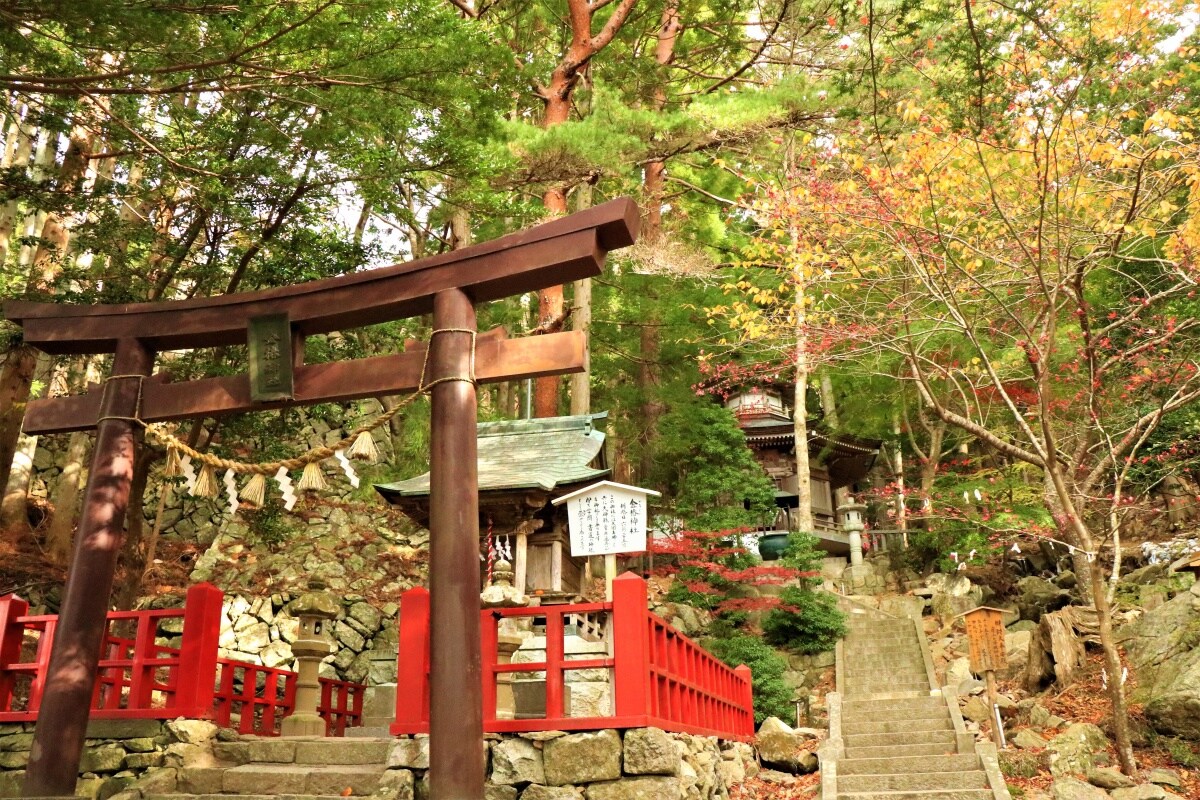
The Koganeyama Shrine is a famous power spot that blends the beauty of architecture and nature. While the exact date of construction is unknown, it's estimated that it was built around 750 A.D. As a historic gold mine, money has great significance to the shrine's past, and legends. It's said that if visitors come to pray at the shrine for three consecutive years, they're sure to find fortune and will never have to worry about money. There are also fountains where visitors can wash their coins, a custom called zeniarai (literally, coin washing), which is also said to bring good luck.
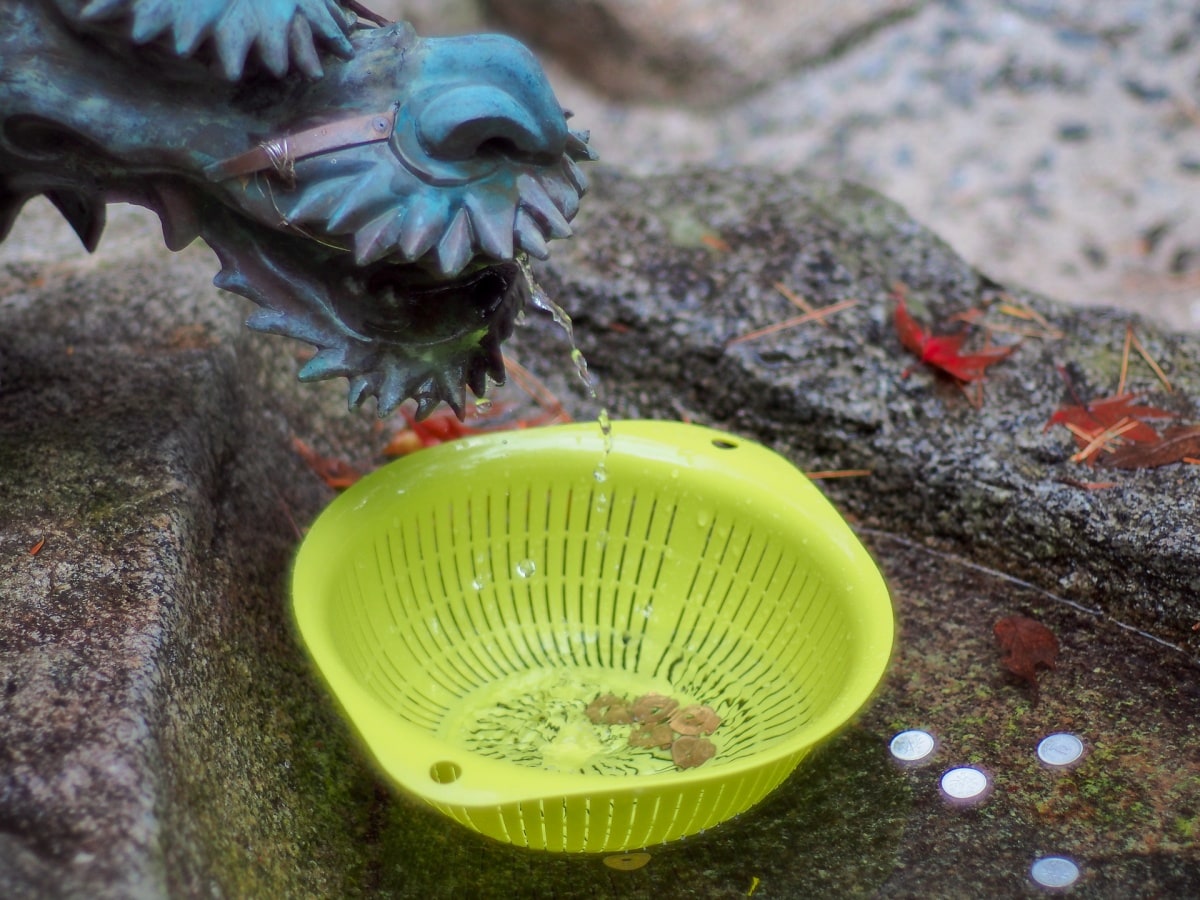
If you find time, Kinkasan also offers a fantastic hike up the mountain. Although I couldn’t make it to the summit for fear of missing the return ferry, it was simultaneously invigorating and peaceful to hike through the multi-colored trees, especially when (much to my surprise) it started snowing. But all too soon, it was time to take the boat back to Onagawa.
I would, however, like to put the local legends to the test and visit again next year. Here’s hoping the coins I washed multiply!


